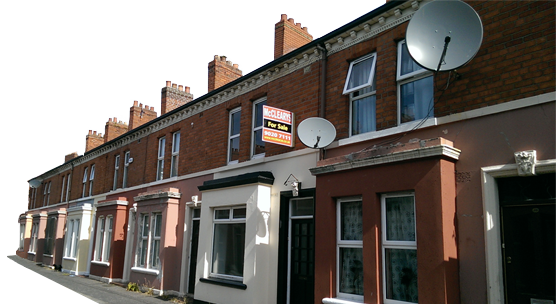Owners of unoccupied property, renovation property, family of those who are in residential care, residential landlords and empty home owners are being warned to check their property for damage caused by ivy which is not covered by their property owner’s insurance policy. If a property is left empty then damage can be caused by this invasive plant.
Ivy has a bad name. It has been accused of destroying everything in its path, including some of the UK’s best loved Heritage sites. Contrary to this, it has also been accused of protecting the buildings it suckers up to…!
Let there be no doubt that this vigorous climber is invasive and can ‘consume’ buildings in the same way that triffid’s can consume humans! Left to its own devices, ivy can very quickly get out of hand and scale the sides of a building at a vast rate of knots. Aesthetically, Ivy can be a delight to have growing on your property if well maintained. Most of the time however, it will be allowed to grow out of control and damage to the building will result.
Ivy can damage brickwork, the rendering holding the bricks together, downpipes, guttering, it can grow into your drains, and it can affect the performance of your rainwater goods causing damp in your walls. If you have ever seen a property that has had extensive ivy removed from it you will appreciate what we mean. The ‘scarring’ of a property can be extensive and don’t think you can claim on your building insurance policy – it won’t be covered.
Ivy is also thought to act as a thermal shield for your property, warming up walls by 15 percent in cold weather and cooling them by 36 percent during warm weather. A study funded by English Heritage also found that ivy absorbs some harmful pollutants in the atmosphere and reducing the effects of water related damage.
On balance however, if you consider that ivy caused render to deteriorate. It gets into the walls and cracks the render, the water can freeze in winter causing further cracking and deterioration of your property (and No, it isn’t covered by your property insurance) versus the possible thermal shield and green effects, we don’t think any property should be covered with the stuff..!
Landlords should check their property regularly for ivy or other plants growing in or around their let property. If you cannot view the property yourself, make sure the letting agent inspects the vegetation when they carry out their regular inspections. If you have a property insurance query then please give us a call or submit an online quote request.




